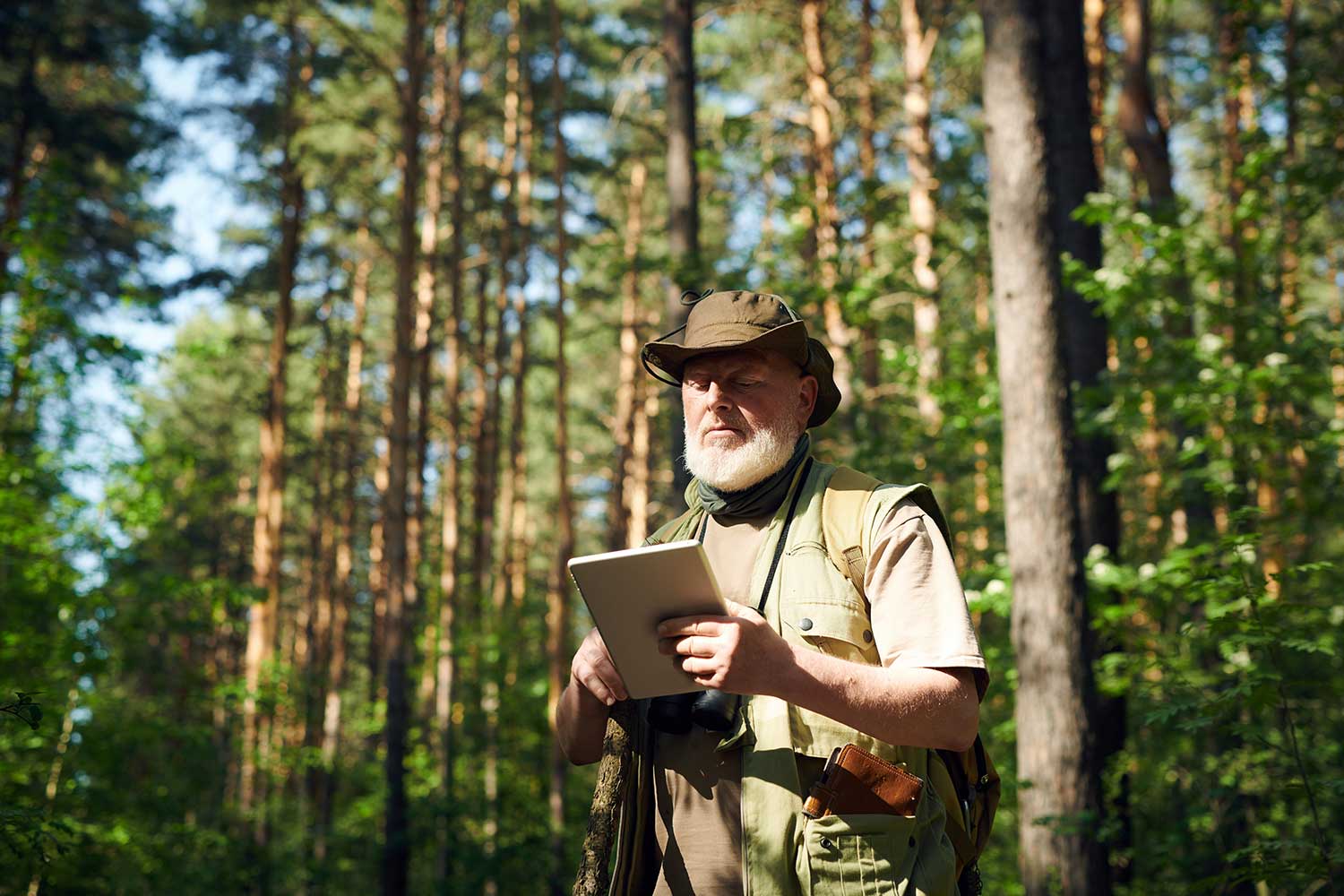Often, these stories get told around a specific species, but sometimes the subject of conservation is an entire ecosystem, for instance, in the case of the Living Bog Project. 1% of the original raised bog area in Ireland was estimated to be left when this 5-year project set out to restore these wetland habitats. The project ended in 2016 with an end result of more than 2,600 ha of restored and protected bog area.
Examples of Successful Nature Conservation Projects
There are plenty of stories like this, successful conservation projects, covering various species and different ecosystems all over the world. And for all of these species and habitats, the question whether nature conservation works can be answered with quite a clear: YES. The species have been successfully bred and reintroduced, the habitats restored, and, in the best case, a long-term protection ensured. However, these stories are anecdotal, centering around one species or one habitat. But what about conservation projects that fail? Are they truly rare, or is there a bias toward reporting only success, favoring telling the positive stories rather than sharing failures? What about the bigger picture?
Why Global Nature Conservation Faces Challenges
While nearly extinct wolves happily run around in Yellowstone, global news about the state of conservation reads: Biodiversity is globally declining, extinction rates are unprecedented, 44,000 species are at an extinction risk and while global targets are getting more ambitious, there is doubt whether they will be reached. It seems that while on a local level, conservation efforts can be successful, on a global scale, this is just a drop in the ocean.
A Balancing Act Between Overly Optimistic and Dooming Pessimism
Looking at a handful of successful conservation projects would lead to the conclusion that nature conservation works. Adopting the argument that globally, species are continuing to decline at a devastating rate would lead to the conclusion that nature conservation is not working. One answer seems naive, the other one too generalized and a discussion between those two extremes cannot be productive. However, there is evidence that both might be true and the answer, as is so often the case, lies somewhere between the two polar opposite perspectives.
There Is Evidence That Conservation Successes Are More Than Just a Few Wins
In 2024, a team of scientists led by Penny Langhammer, Chief Program Officer at the conservation organization Re:wild, published a compelling study. They examined a wide range of conservation projects—targeting various ecosystems and species across different countries—and compared their outcomes to hypothetical scenarios where no intervention had taken place.
What the researchers found was encouraging: in most cases, the targeted areas became more biodiverse, or at the very least, the rate of biodiversity loss slowed. This suggests that nature conservation is working. The earlier examples—wolves in Yellowstone, mussels in Kentucky, and Irish bogs—aren’t outliers but rather typical of many successful projects.
Granted, the idea that doing something is better than doing nothing isn’t groundbreaking. But the study went further. It showed that when conservation actions are successful, their impact is often substantial. These interventions don’t just work—they work remarkably well. Even in projects that fell short of their original goals, there were often unexpected benefits. Conservationists gained valuable knowledge, refined their strategies, or helped other species in the process. In short, there’s little to lose and much to gain, and conservation efforts seem to improve over time as lessons are learned and applied.
Nature Conservation Is Working – Now We Just Need More of It
Besides this positive news, the scientists are clear about one thing, namely that there is still work to do in order to scale conservation actions up to reach global targets. Specifically, conservation needs to be prioritized and equipped with the necessary resources as well as worldwide political support to reach this rather transformational upscale. This is surely no easy feat, but the results of the study show that nature conservation is not just building castles in the air but actually working really well, and scaling it up is realistic. Or, to say it with the words of study co-author Joseph Bull:
“It would be too easy to lose any sense of optimism in the face of ongoing biodiversity declines. However, our results clearly show that there is room for hope.”
Here at Ubuntu Magazine, we couldn’t agree more. Talking to conservationists worldwide, one thing is clear: it’s the passion of the people that is making a change, one that will outlast our generation. If you’re inspired by these stories, check out our latest issue of Ubuntu Magazine for in-depth features, interviews with conservationists, and grassroots efforts from around the world.



